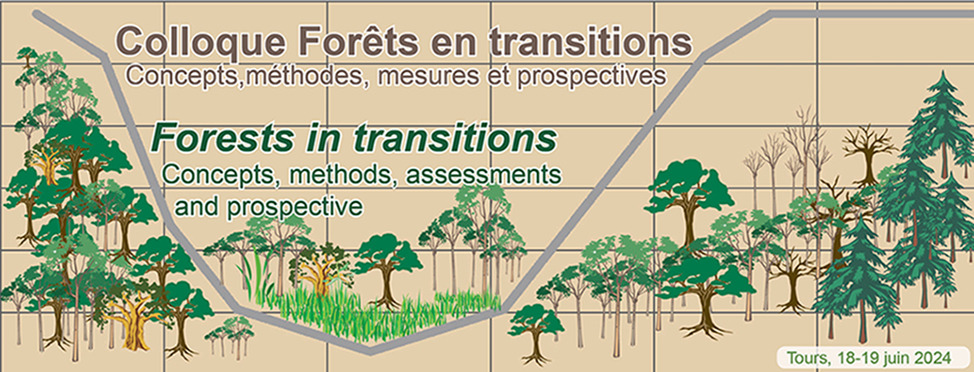Global changes (human activities, climate change, land and resource use, etc.) have significant repercussions on mountain forest ecosystems, which are among the most vulnerable ecosystems. In particular, these disturbances have a direct impact on the diversity and composition of plant communities. However, there is a knowledge gap regarding the magnitude of these effects on the different vegetation layers of various forest types along an altitudinal gradient. We examine how the structure and diversity of moss, herbaceous, shrub and tree communities in the forests of the Jura mountains have evolved in the last decades. To do this, we studied vegetation data collected on six sites of the ONF's RENECOFOR network (two oak forests, two fir forests and two spruce forests) from 1995 to 2021. During this period, the sites were subject to regular surveys on eight permanent plots of 100 m² each. None of these sites were subject to significant harvest of large living timber over the period considered. The surveys were broken down by vegetation layer, according to the RENECOFOR field survey protocol. The plant communities were described, in each layer, by their quantitative taxonomic composition (derived from Braun-Blanquet's abundance-dominance codes) and their ecological indicator values. We analyzed changes in species richness, evenness, composition, cover and average ecological indicator values. PERMANOVA revealed significant differences in composition among the altitudinal levels and among the dominant tree species. The data analyzed highlight a general trend towards a significant decrease in the cover of the tree and herbaceous layers on the sites studied, while the cover of shrub and moss layers tended to increase from 1995 to 2021. These trends are attributable to the decline of dominant trees in the canopy caused by successive droughts and parasitic attacks, particularly from bark beetles. Our results highlight an overall increase in species richness in the herb layer over time, in both hill and montane belts. Regarding the Pielou evenness index, we note an increase only for the mountain belt. Although no significant changes in the composition of the herbaceous communities have been demonstrated, Species composition of the herb layer showed a clear trend towards more heliophilous vegetation, especially in the mountain belt. The reduction of canopy cover resulted in an arrival of light-demanding species of light, outcompeting the sciaphilous plant species already in place whose cover was decreasing. Furthermore, contrary to results from a larger-scale study of the RENECOFOR network, we did not observe thermophilous trend of communities in the study sites. Thus, we argue that the study of the response of forest plant communities to global changes at fine and more global scales is complementary and makes it possible to refine the diagnoses and the responses for the management of forest plots.

 PDF version
PDF version
